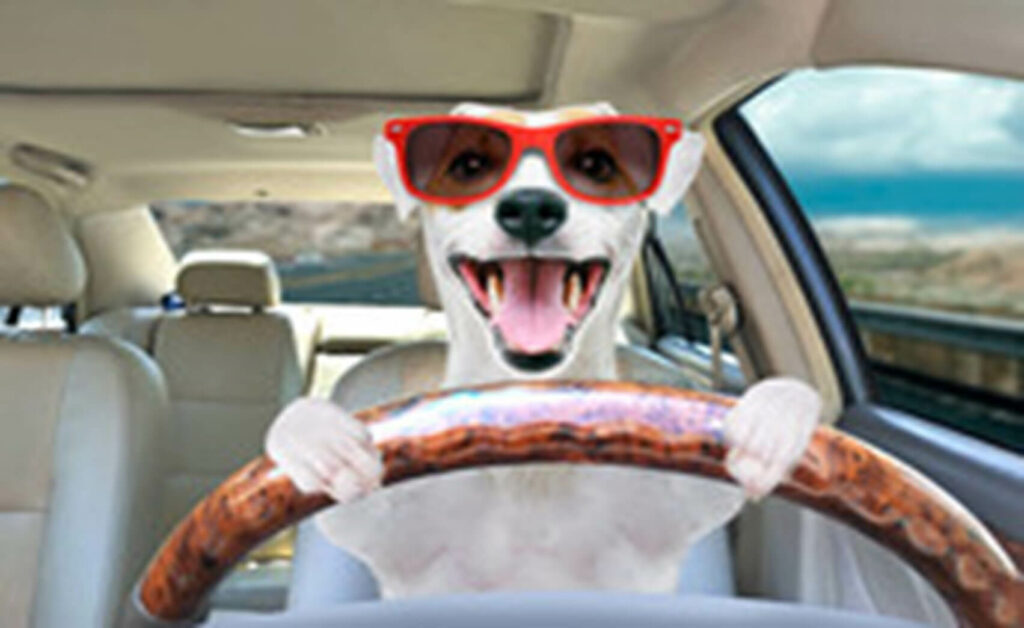California Federation of Republican Women
Officially Chartered by the National Federation of Republican Women
and the California Republican Party
From the Desk of Lydia Kanno, CFRW President
Submitted by Jeanne Solnordal, CFRW Legislative Analyst
January 8, 2024
FEEL FREE TO SHARE THIS INFORMATION WITH YOUR CLUB MEMBERS,
IN YOUR NEWSLETTERS AND ON YOUR WEBSITES
PETS DO's and DON'Ts

BY ANGELA RODRIGUEZ
CA pet laws: Illegal animals, dogs in stores and cars
When it comes to owning a pet in California, the state has a list of rules for residents to follow.
Whether you’re a new pet owner or have owned a pet for years, there might be some laws you haven’t heard of or don’t remember.
Here are four laws you may or may not know about having a pet in California:
WHAT KIND OF WILD ANIMALS CAN I OWN?
If you’re looking into getting an unconventional pet, California has listed species of restricted animals that are illegal to own. Those include raccoons, monkeys, squirrels, hedgehogs, and ferrets.
According to the California Department of Fish and Wildlife, any animal that is endangered, not native to the state or is a threat to the state’s ecosystem is generally prohibited.
If you own an illegal animal in California, you can be guilty of a misdemeanor and receive fines of up to $10,000, as well as a possible jail time.
Here are some animals (that aren’t domesticated) you can own as pets in California, listed by the World Animal Foundation and crossed referenced with the Department of Fish and Wildlife’s restricted list:
- Zebras, with the stipulation that owners must have worked with exotic animals (including zebras) for two years. Members of the Equidae family are not restricted.
- Monitor lizards
- American bison
- Second-generation wolf dogs (if a wolf and a dog mated, then one of their pups had a litter with another dog)
- Camels
- Toucans
- Ostrich

CAN MY PET RIDE IN MY LAP AS I DRIVE?
Though California law does not specifically address this issue, spokesman Officer Ricardo Ortiz with California Highway Patrol said it “can be a hazard.”
California Vehicle Code 22350 states no person can operate a vehicle on a highway at a speed greater than is reasonable or cautious due to visibility that might endanger the safety of others or property.
When a dog is riding in their owner’s lap, Ortiz said the animal can present a hazard with its unpredictable movements and visual obstruction.
If you are caught, Ortiz said you could be cited.

CAN I TAKE MY PET INTO THE GROCERY STORE WITH ME?
California law does not allow pets into food facilities, including stores that prepare, package, serve, vend, or otherwise provide foods for human consumption.
However, there are a few exceptions.
California Health and Safety Code 114259.5 allows live animals to enter a food facility as long as food contamination isn’t a risk.
Federal law allows service animals into food facilities.
If you go to the grocery store, you might see a sign stating only service animals are allowed.
The Americans with Disabilities Act of 1990 defines a service animal as “any dog that is individually trained to do work or perform tasks for the benefit of an individual with a disability, including a physical, sensory, psychiatric, intellectual, or other mental disability.”
An emotional support animal is not a service animal. Therefore, it cannot be allowed into a food facility.

CAN I BURY MY PET IN MY BACKYARD?
There are currently no laws in California that prohibit pet owners from disposing of their deceased animals in a humane manner, according to The Pet Memorial.
However, local governments have the authority to create their own ordinances regarding pet burials.
In Sacramento County, for example, you can bury your animal in your backyard, but it is not recommended.
State law about animal disposal only pertains to agricultural settings.
When someone has to dispose of an animal in an emergency situation on a farm or ranch, the California Environmental Agency’s website states the following disposal options should occur by whichever is more accessible:
- Storage and transportation for rendering
- Taking the animal to a permitted landfill
- On-site burial
- On-site composting
The Modesto Bee’s Dominique Williams contributed to this story.
